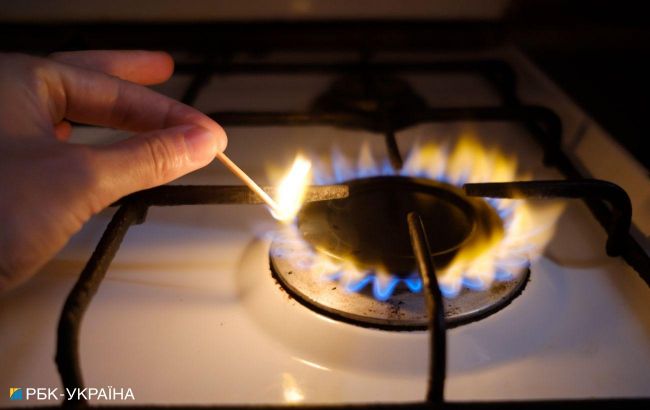Gas prices collapse in U.S. and Europe: Reason explained
 Illustrative photo (Vitalii Nosach, RBC-Ukraine)
Illustrative photo (Vitalii Nosach, RBC-Ukraine)
The U.S. gas market has experienced a journey from a rapid ascent to a dizzying fall within just one year. Prices in Europe are also at their lowest, according to Bloomberg.
This winter is shaping up to be one of the mildest in recent years, reducing demand for heating fuel and causing U.S. gas futures to plummet by approximately 35% compared to January of the previous year.
This is a stunning reversal for the commodity, which reached a 14-year high in 2022 after Russia invaded Ukraine and Europe sought American supplies. Geopolitical tensions have taken a backseat as the weather has been so warm that New York's Central Park experienced spring-like temperatures in December.
Much of this is attributed to climate change and El Niño, the warming of the tropical part of the Pacific Ocean, which can result in warmer winters in the northern U.S. The World Meteorological Organization declared the past year the hottest on record and expects the warmth to persist for several more months.
Prices are receiving some support from the export of liquefied natural gas, with the U.S. being a leading supplier. However, Europe, the most important market for this fuel, is also experiencing unusually warm weather (even with a sudden cold spell in Scandinavia). Gas futures on January 2 fell to their lowest level in almost five months – $340 per thousand cubic meters.
Price forecast
According to the NBU forecast, natural gas prices on the European market will gradually decrease after seasonal growth in the heating period. This will be facilitated by increased production of LNG in the U.S. and African countries, further orientation towards supplying cheaper Russian gas to China and India, reducing demand for it from these countries on other markets, and a more balanced accumulation of reserves due to LNG deliveries.
The NBU predicts that in 2023, prices will fall by 61.9% to $517.1 per thousand cubic meters, in 2024 they will increase by 2.9% to $532.3, and in 2025 they will fall by 18.9% to $431.8.

